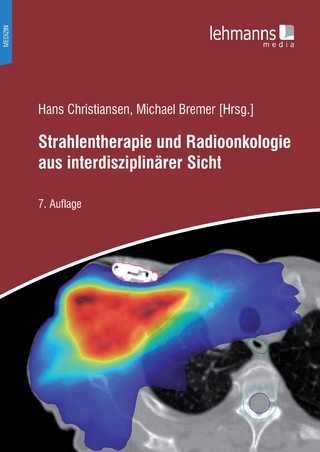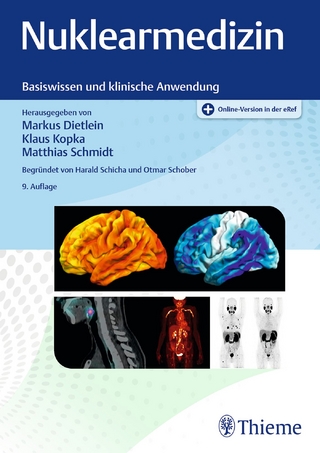
Labelling of Small Biomolecules Using Novel Technetium-99m Cores
Seiten
2007
IAEA (Verlag)
978-92-0-101607-2 (ISBN)
IAEA (Verlag)
978-92-0-101607-2 (ISBN)
The preparation, quality assessment and biological evaluations of a large number of Tc-99m complexes with biomolecules were achieved by the participants during a Coordinated Research Project. The results obtained from the participating laboratories are summarised in this publication.
Technetium-99m radiopharmaceuticals account for nearly 80% of all diagnostic studies done in nuclear medicine. The ability to determine the exact molecular structure of the coordination compounds by using modern powerful analytical tools such as NMR, mass spectroscopy and X ray diffraction has contributed to the understanding of the structure–activity relationships underlying the biological behaviour of Tc-99m agents. Consequently, careful design of new ligands and their Tc-99m complexes led to the discovery of imaging agents for perfusion in the myocardium and brain, thereby extending the scope of diagnostic imaging using Tc-99m radiopharmaceuticals. Based on the new developments in Tc chemistry, there is good scope for the development of new radiopharmaceuticals for imaging cancer as well as certain specific disease conditions. The IAEA organized a Coordinated Research Project (CRP) with the specific objective to develop labelled biomolecules with the novel Tc-99m metal cores such as the Tc-99m-Carbonyl, Tc-99m-Nitrido, Tc-99m (4+1) and Tc-99m-HYNIC cores. The preparation, quality assessment and biological evaluations of a large number of Tc-99m complexes with biomolecules such as RGD peptides, annexin derived peptides, fatty acid derivatives, quinazoline derivatives and glucose analogues were achieved by the participants during the CRP. The results obtained from the participating laboratories are summarized in this publication.
Technetium-99m radiopharmaceuticals account for nearly 80% of all diagnostic studies done in nuclear medicine. The ability to determine the exact molecular structure of the coordination compounds by using modern powerful analytical tools such as NMR, mass spectroscopy and X ray diffraction has contributed to the understanding of the structure–activity relationships underlying the biological behaviour of Tc-99m agents. Consequently, careful design of new ligands and their Tc-99m complexes led to the discovery of imaging agents for perfusion in the myocardium and brain, thereby extending the scope of diagnostic imaging using Tc-99m radiopharmaceuticals. Based on the new developments in Tc chemistry, there is good scope for the development of new radiopharmaceuticals for imaging cancer as well as certain specific disease conditions. The IAEA organized a Coordinated Research Project (CRP) with the specific objective to develop labelled biomolecules with the novel Tc-99m metal cores such as the Tc-99m-Carbonyl, Tc-99m-Nitrido, Tc-99m (4+1) and Tc-99m-HYNIC cores. The preparation, quality assessment and biological evaluations of a large number of Tc-99m complexes with biomolecules such as RGD peptides, annexin derived peptides, fatty acid derivatives, quinazoline derivatives and glucose analogues were achieved by the participants during the CRP. The results obtained from the participating laboratories are summarized in this publication.
| Reihe/Serie | Technical Reports Series |
|---|---|
| Zusatzinfo | 144 illustrations |
| Verlagsort | Vienna |
| Sprache | englisch |
| Maße | 152 x 229 mm |
| Themenwelt | Medizinische Fachgebiete ► Radiologie / Bildgebende Verfahren ► Nuklearmedizin |
| ISBN-10 | 92-0-101607-7 / 9201016077 |
| ISBN-13 | 978-92-0-101607-2 / 9789201016072 |
| Zustand | Neuware |
| Haben Sie eine Frage zum Produkt? |
Mehr entdecken
aus dem Bereich
aus dem Bereich
Buch | Softcover (2022)
Lehmanns Media (Verlag)
39,95 €
Lehrbuch für Breast Care Nurses und Fachpersonen in der Onkologie
Buch | Hardcover (2020)
Hogrefe (Verlag)
50,00 €


